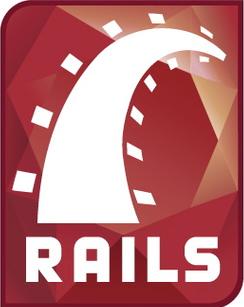The fact that it is getting more popular so gradually is a good sign. This means that its increase in popularity is structurally instead of being pushed by hypes.Ruby now sits in the ninth spot on TIOBE’s monthly index, up from the 12th position year-over-year. It has been used 0.49 percent more in that time, and used in 2.744 percent of all TIOBE-tracked programming languages overall. If TIOBE’s take is accurate, it's the Rails framework that really drives Ruby long-term. There’s good reason to buy into that idea: ‘Ruby on Rails’ is essentially a colloquial term for Ruby itself. (Similarly, JavaScript – another dependency-dependent language – has firmly planted itself in the TIOBE top-ten at the eighth spot.) Ruby’s longer tail tells us the number-nine spot on TIOBE’s list just might be where the language settles, too. TIOBE looks at historical data to determine a language’s average monthly position. Save for a turn at the 19th spot in 2003, Ruby’s average placement has long been ninth – exactly where it sits this month. Speculatively, the language may be experiencing a boomerang effect. No reason was given for why hipster-programmers would move away from it in 2008, but that was around the time Apple released its iOS SDK. There may be nothing more hipster than having jumped from web to native in the early iPhone days.
Hipsters Ruined Ruby, But It's Fine Now: TIOBE
According to the latest TIOBE index, Ruby is climbing back into the mainstream after being ditched by hipsters, and that could be good news for developers. TIOBE reminds us it once awarded Ruby its "Language of the Year" honor. That was 2006, when the Rails framework was released, and all was right in the world of back-end web development. After a decade of obscurity, the Ruby language was coming into its own. As TIOBE points out, this trend peaked in 2008, “but then all hipsters moved to a new language and Ruby dropped to one third of its popularity.” This dip lasted almost a decade; now TIOBE says Ruby is slowly climbing back – which is a good thing:



